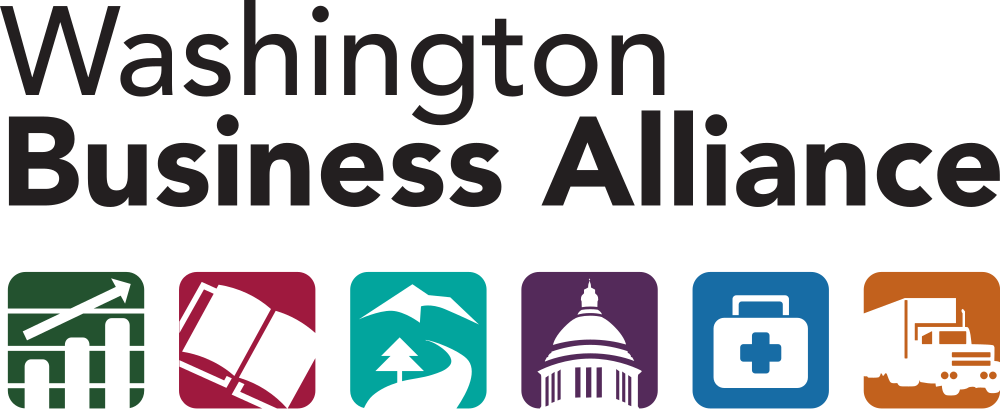You can directly impact Washington’s open data policy by filling out this short survey
Washington has a reputation for forward-looking governance and a political culture that values transparency, yet our state is lagging when it comes to the new gold standard of transparency: open data.
Washington State was one of the first to pass an open data policy in 1995, but today other states are leading the way. As of 2014, 8 states have sweeping open data policies, passed either through legislation or by executive order.
Governor Inslee voiced his support for open data through his performance management initiative, Results Washington. The group’s goal to increase the amount of data available in downloadable and searchable format from 72.7 million to 87.1 million rows by June 30, 2015, has already been reached. That may sound like a lot, but it only amounts to 989 datasets, most of which are fiscal. Results Washington set another goal to increase the variety of data available on state portals to a 10% improvement over baseline, yet there is no effort to understand which datasets are most in-demand at the state level.
Washington’s open data policy is primarily detailed in RCW 43.41A.125, which begins like this: “Within existing resources, state agencies shall plan for and implement processes for making information available electronically.” There are no state dollars attached to this policy, and it is often a stretch to ask agencies to put time and talent (that they may or may not have) into advancing open data.
Although Washington’s open data policy is unfunded, it does recognize the importance of customer-driven implementation, saying “Public demand and agencies’ missions and goals shall drive the selection and priorities for government information to be made available electronically.”
The Open Government Partnership confirms that there is often a mismatch between data supply and demand, which affects its use and impact. Specifically, the report points out that the common practice of counting datasets is a poor way of assessing the quality of an open data initiative. The datasets published on portals are often the datasets that are easiest to publish, rather than those that provide the most utility to users.
Aligning supply and demand is a precondition to ensuring that open data makes an impact on the economy, civic life, and government.
Governments can use basic analytics to identify high-value datasets. Input may also come from department staff reporting which data is typically requested between departments and/or by the public. But, a public feedback process is also necessary.
